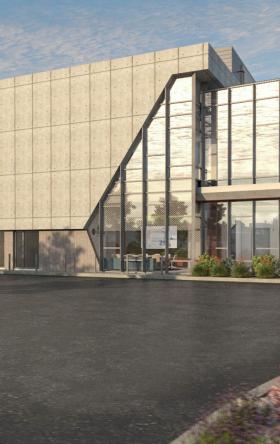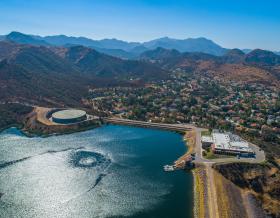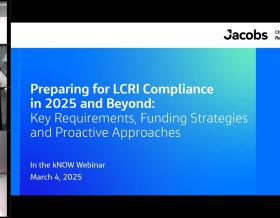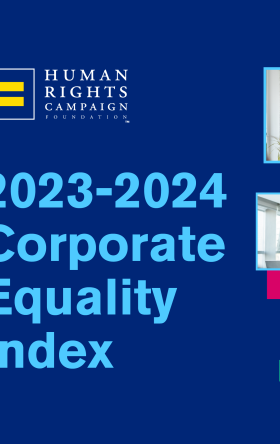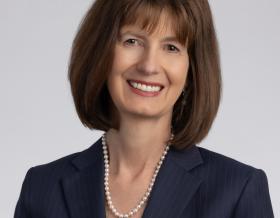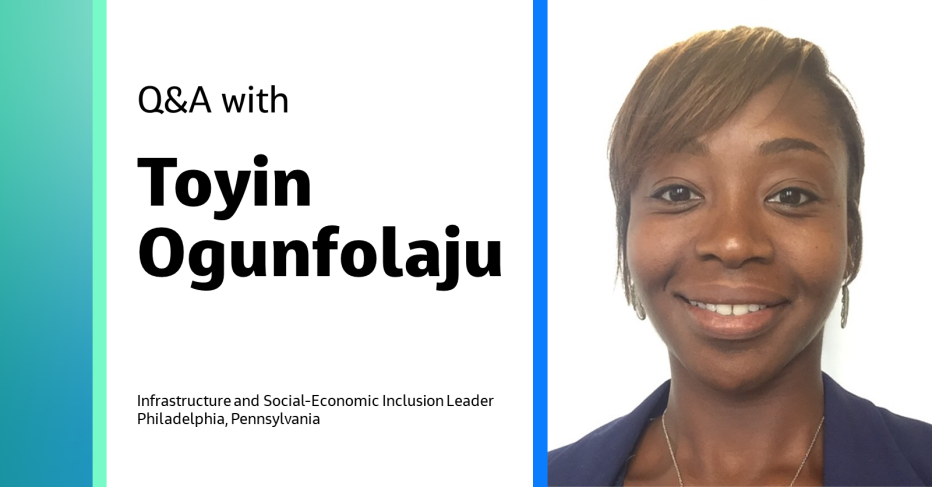
Communities demand to be understood – to have their thoughts, perspectives, and history incorporated long before an infrastructure project breaks ground. However, social-economic inclusion is not just a box to check, but a process integral to work that benefits the communities we work in and creating a more equitable world.
We talked with Toyin Ogunfolaju, Infrastructure and Social-Economic Inclusion (SEI) Lead at Jacobs, to learn more.
Can you explain your role with Jacobs?
I currently serve as a program/project manager for several infrastructure projects throughout the mid-Atlantic and Northeast regions of the U.S.
Within Jacobs, I serve as the Social-Economic Inclusion (SEI) Lead, for the North, including Canada, Midwest, Northeast and Mid-Atlantic regions. In that role, I partner with sales, project delivery, even internal operations leaders to make sure that as the company pursues and delivers work, we’re maximizing social economic value.
How would you define equity and inclusion in the context of infrastructure and transportation?
I define equity in infrastructure and transportation as making sure systems are set up in a way so that everyone is working from the same baseline. For example, so that financial systems are not partial to certain societal groups, or it could be how we expose, educate, recruit & retain, hire and promote our workforce.
Then, once everyone is on the same baseline (equity), inclusion is about making sure there’s a seat at the table – the decision-making table, the influence table – giving them voice and room so that different perspectives are heard.
Why is it important for clients to consider equity and inclusion in this space?
Social economic inclusion in the infrastructure space is not mutually exclusive with delivering infrastructure projects. You don’t build or run a transportation system in a silo. Equity and inclusion are not just a fad, a feel-good gesture or a nice-to-have. Communities and stakeholders are demanding this understanding and incorporation of their thoughts, perspectives, background and history into why we move forward the way we do in infrastructure. Eventually, there won’t be a need for a subcommittee on it – the question will be “why wasn’t this system equitable or inclusive before?”
How do we approach, for example, transit planning through an equity lens?
We think about it from a quantitative (data) and a qualitative (humanistic) standpoint. There’s so much information out there that we’re collecting around who’s doing what, where and how, especially in transportation – ridership, vehicle miles driven, whether you take a train or a plane, why a community is more likely to use a certain system. There’s a pattern and a narrative that data is telling us. We really need to connect the dots to discover that story which a community may not necessarily verbalize. On the humanistic side – because after all, it’s about the humans using these systems – it’s about optimizing community-based, community-led design on infrastructure projects.
What are some other/different ways to engage communities and increase the positive impact a project can have on a community?
To bring stakeholders to the table, you have to plan ahead of time. You don’t break ground on a project and then suddenly think about how to be inclusive – it’s about early intervention. It’s often difficult to bring the community to the table. Why? Because people work! They’re focused on their families, getting to work, and keeping a roof over their heads – they don’t always have time to fill up the community meetings and read about your projects. It’s about knowing your community well enough to engage with them proactively and in ways convenient to them. For example, we may know that in a given community, many people go to farmers markets on Saturday. So, we’re figuring out ways to approach and engage the community in a more organic (no pun intended) way – they’re already there. Once safe during the pandemic, block parties are another great opportunity to engage with folks. It’s also about maximizing the A for Arts in in STEAM – thinking about more ways to include diverse perspective on a traditionally more technical field and make this conversation for everyone.
How is Jacobs thinking differently about the way it engages with clients and communities on these issues?
One of the great partnerships that Jacobs has formed is with Simetrica, a U.K. based company, which brings a lot of our expertise around social value. Social value is the monetization of the outcomes that we see when a certain policy is put in place or a program invested in. This tool allows us to develop robust measurements around the actual social value or impact you’re having on society and stakeholders with your project – and its entirely data-driven.
What norms do you hope to challenge in this space in the future?
I want to dispel this idea that SEI is just a fad and we’ll look back at this time and remember it as such. One of the sub-areas of my SEI role is to help Jacobs better partner with small, diverse firms – not just to check the box, but to really partner with them in more meaningful ways. For example, when we partner with other firms on projects, we’re offering a more significant mentor and protégé relationship that folks can really sink their teeth into and build their capabilities around.
We’re not focusing on this just because clients require it, but because we understand that this is how we’ll grow our business. I think that someday, firms like Jacobs will still acquire technical firms but also will be acquiring smaller, community-based firms and organizations who know the local geography and stakeholders, who look like and understand their local communities.
Why is it important to stay curious?
I’ve always been intellectually curious and asked questions. You don’t know what you don’t know. If you’re not asking questions, you can’t identify gaps. You can’t identify a perspective that maybe you hadn’t considered. A true conversation and public discourse, and the best way to learn, is to question something. In inclusion, this means if someone is coming to the table with a perspective that I have not considered or factored into my decision, you ask, “why didn’t I include that?” Being curious means you’re willing to acknowledge that you don’t know everything, and you may not always get it right.
What is the most fulfilling part of your career?
After I had my son, I realized that I wanted to work in a role and at a company in which my work would impact the folks that I engage with every day in my community. So, the most fulfilling thing about my career today is that every year, and every new role or responsibility I take on, helps me better show how dynamic people are, what people bring to the table, and that we’re all human. We all have similar baseline desires – to love and be loved, to be happy, to belong and be accepted and understood – I get to work every day on projects to help people feel understood. I get to work with awesome, smart people who care. I’m at the point in my career where I get to really impact people and work for a company that provides me the resources to be able to do that.
Join #OurJacobs team
What drives you drives us as we work to build a better world – together. At Jacobs, every day is an opportunity to make the world better, more connected, more sustainable.
We’re always looking for dynamic and engaged people to join our team. Bring your passion, your ingenuity and your vision. Let’s see the impact we can create, together.
